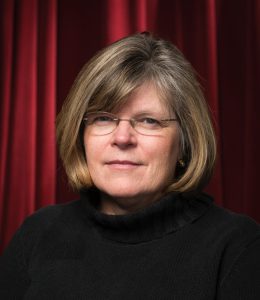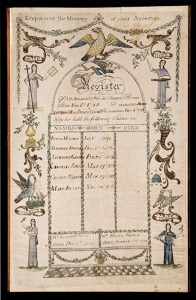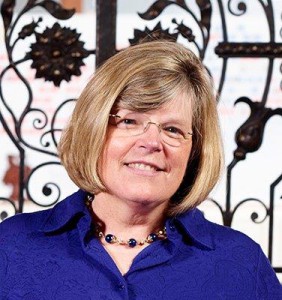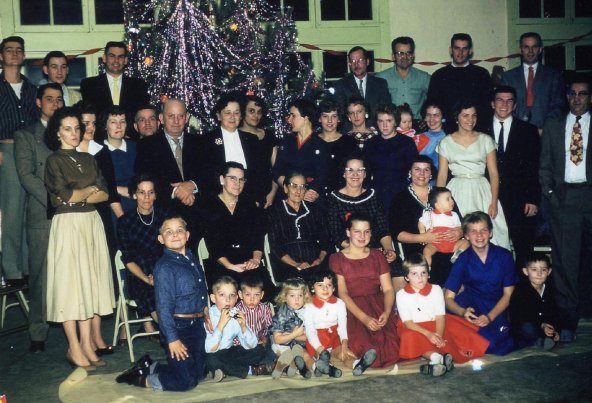Hints for Success
 I recently saw an interesting infographic about writing success. Although the focus is on writing novels, several of the hints apply to writing a family history:
I recently saw an interesting infographic about writing success. Although the focus is on writing novels, several of the hints apply to writing a family history:
- read more
- write, write, write
- read your work aloud
Let’s look at each one of these in turn.
Read more. When you undertake a family history, you’ll be drawing information from various records and notes and documents. But how do you write? How do you put one word in front of the other as you collate all the facts with family lore and contextual information from other sources? Continue reading Writing family history





